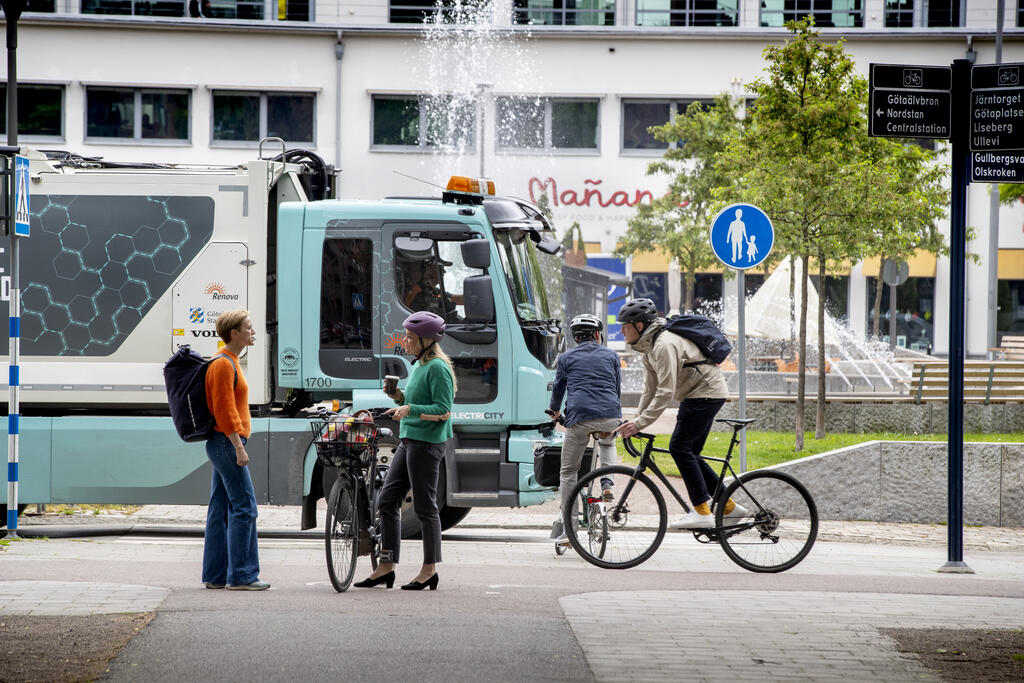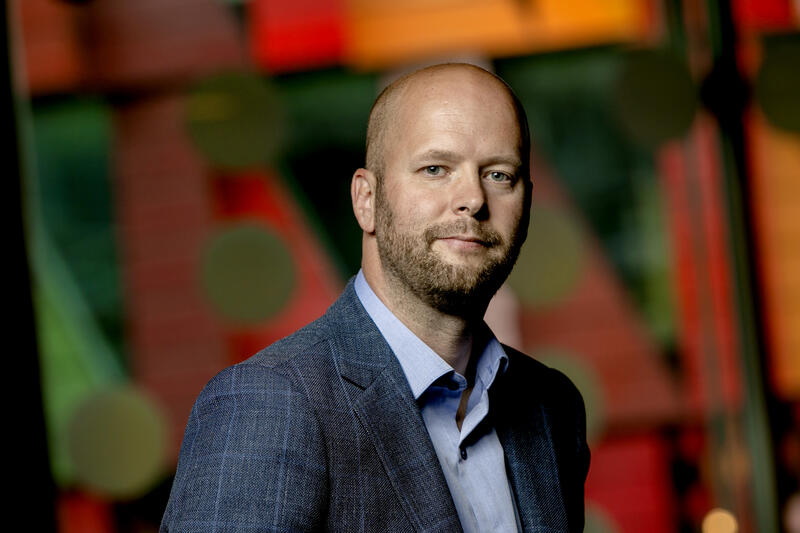Welcomed definition of transport efficiency
CLOSER is an innovation program working towards achieving a transport-efficient society. However, the meaning of the concept transport-efficient society has not always been entirely clear. Therefore, the Swedish Transport Administration’s internal approach, where the concept is defined in a way that takes into account the full complexity of the issue, is now welcomed.

“We have noticed that in our collaborations, we have sometimes gotten stuck on the question of what transport efficiency is. The Swedish Transport Administration's clarification of what they mean when they talk about a transport-efficient society also gives us at CLOSER a strong foundation in our work with our partners. The truth is that there is no simple definition; it is always about the intended value created by the proposed solutions from CLOSER's activities exceeding the costs required to drive a change,” says Kristoffer Skjutare, program manager for CLOSER at Lindholmen Science Park.
In an internal document, a so-called Approach, the Transport Administration now clarifies that a transport-efficient society considers both climate goals, accessibility, and other sustainability aspects, and that the area is too complex to be fully quantified. Previously, many equated a transport-efficient society with reduced traffic, but according to the new approach, each measure should be evaluated from a broader system perspective.
“I see it as accessibility, sustainability, and competitiveness as the numerator, and energy, environment, and economy as the denominator. Measures where that ratio is positive bring us closer to an efficient transport system,” says Jonas Eliasson, Director of Transport Accessibility at the Swedish Transport Administration.
The Transport Administration's approach aligns with the government's definition in the infrastructure proposition from 2020: In a transport-efficient society, transportion work is carried out as efficiently as possible from energy, environmental, and economic perspectives to achieve accessibility, sustainability, and competitiveness. An example could be that electrification is desirable as it reduces carbon dioxide emissions and noise levels while creating a pleasant driving experience, but at the same time, electric cars are heavier, which wears out the tires more and releases harmful particles. Emissions during production and increased resource use in the form of rare metals, mined in an unsustainable manner, also tip the balance negatively.
“For us at CLOSER, a common approach means that we can better communicate what we do and how we think when we take on certain projects or engage in certain issues. Even though all solutions also have less positive consequences, the sum of what we do should contribute to a more transport-efficient society,” says Kristoffer Skjutare.

